Exhibitions
PULLING FACES
New Exhibition
Comic drawings (in Japanese: manga or kyoga) have a long history in Japan, dating back to the religious sphere as early as the 8th century. The drawings were secularized and appeared in the Edo period, from the 17th through the mid-19th centuries, as humorous depictions without religious context.
The collection of works displayed here was created by three artists from the Utagawa school, which is considered one of the leading schools of ukiyo-e ("Pictures from the Floating World"). This genre depicts, in paintings and prints, the popular culture of the period. These works reflect the comic aspect of everyday scenes of human life and its ability to help deal with the difficulties of life. Some focus on facial expressions and others on situations that bring a smile to the face of the viewer. The three artists, Toyokuni, Hiroshige and Kuniyoshi, used to sign their works with a special signature meaning "caricature by the artist". The humor shown here crosses cultures and times and serves as a connecting thread between the daily lives of the people of the past in Japan and our lives in the present.
60 Contemporary Japanese Prints
The exhibition "60 Contemporary Japanese Prints", celebrating the sixtieth anniversary of the Tikotin Museum of Japanese Art, is the outcome of a joint initiative between the Yoseido Gallery, Tokyo, and the Tikotin Museum. On this festive occasion we are delighted to exhibit works by sixty of the finest contemporary Japanese print artists. Fifty-seven artists decided to donate their works to the Museum collection at the close of the exhibition and the Yoseido Gallery donated the remaining three works to the Museum.
Treasures of the Tikotin Museum of Japanese Art
On the celebrated occasion of the 60th anniversary of the Tikotin Museum of Japanese Art, a wide variety of artworks from the Museum’s collection will be displayed. It is one of the most important and fascinating collections outside Japan. The collection comprises mostly of Japanese artworks from the Felix Tikotin Collection, to which donations of private collections were added, among them, the collections of Lewis B. Gutman and Daniel and Hilda Lebow of New York, the collection of Abraham Horodisch of Amsterdam, the collections of Shulamith and David Rubinfien and Sandra and Kenneth Bleifer of California, the collection of Michael Rukin of Boston and many others.
"New Acquisition V"
This is the fifth exhibition of its kind at the Tikotin Museum since re-opening to the public in 1995. Once again, we are proud to present a broad spectrum of artworks donated to or acquired by the Museum during the years that have elapsed since “New Acquisitions VI” in 2014. Traditional and modern prints, clothing accessories and other items are included in this exhibition.
The Museum’s collection has been augmented in various ways over the years. We acquire modern and traditional Japanese works of art, mainly in genres that enrich and sustain the collection, and artworks from new fields as well. Artists exhibiting either solo or in group exhibitions donate their own works to the Museum. Furthermore, some Japanese artists who have yet to be exhibited at the Museum also donate works. The collection has also grown thanks to collectors’ gifts and donations.
"Poems Are More than Words"
In early ink drawings it was customary to include gasen (writing). Gasen is original prose or verse, or a quotation from classical literature or poetry. In some instances, the text is added by a friend or admirer of the artist, and in others by the artist himself. Beneath the text the signature and seal of the poet are added. During the Edo era (1603-1868), the long tradition of poem-paintings
also began to appear as ukiyo-e (pictures from the floating world),
the woodblock print genre. Although ukiyo-e is considered a
popular art form, it is still closely linked to the classical Japanese
culture. This is evident in the integration of classic tanka poems
in the paintings or prints. An innovation of the Edo period was
illustrating poetry anthologies. The best known of these is "One
Hundred Poems of One Hundred Poets" (Hyakunin isshu).
Origami Installation
Tomoko Fuse
What is origami? Most people would describe it as is an activity in which squares of colored paper are folded to create representations of animals, objects or geometric forms. However, this would not describe the folded paper installations of Tomoko Fuse (b. 1951). Her work asks us to consider the relationships between tradition and innovation. Is her work origami, or is it sculpture made from folded paper?
Humour and Satire in War Prints
During the Edo period, various laws and prohibitions were imposed on the Japanese public. The Tenpô Reforms of 1841 forbade luxury. In 1842, a special law was enacted dealing with woodblock prints and illustrated books. Among other things, the law forbade the publication of prints depicting Kabuki actors, courtesans, geisha and eroticism, and banned the production of colour prints with more than eight colours.
Winds of War Japanese Propaganda Prints of the First Sino-Japanese War and the Russo-Japanese War
In the mid-19th century, following a period of two hundred and fifty years of seclusion, Japan opened its gates to the West and trade relations with various countries were established. In addition, Japan formed a large army in order to protect its strategic interests in neighboring countries, as did many other world powers of the time.
At the end of the 19th century, Japan's territorial disputes with China on Korean soil increased and it sent troops to the region. In the early 20th century, Japan did so once again, in a similar conflict with Russia. During the Sino-Japanese War (1894-1895) and the Russo-Japanese War (1904-1905), the Japanese army fought on various fronts in Korea and in Manchuria, China.
Micropop
Winter Garden: The Exploration of the Micropop Imagination in Contemporary Japanese Art
The Japan Foundation was founded in 1972 to promote mutual understanding between different countries through cultural exchanges. As part of this program, the Foundation produced the exhibition “Winter Garden: The Exploration of the Micropop Imagination in Contemporary Japanese Art,” curated by art critic Ms. Midori Matsui. The exhibition is comprised of 35 artworks including drawings, paintings and videos by 14 artists active since the late 1990s.
Blue and White
Japanese Porcelain Made for the Shogun and the Royal Families of Europe Donated by Maya and Guy Talmor in Memory of Their Mother, Oranit (Shagan) Talmor
Porcelain production began in Japan in the early 17th century, several hundred years after it had first appeared in China during the Tang dynasty (618–906). Although the history of pre-modern, Japanese porcelain was significantly shorter than that of its mainland counterparts, it was, nevertheless, extremely productive

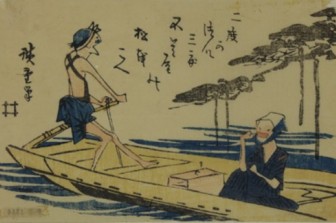
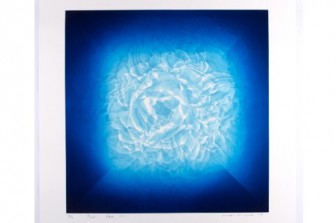
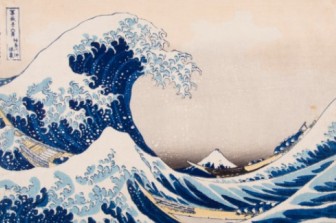
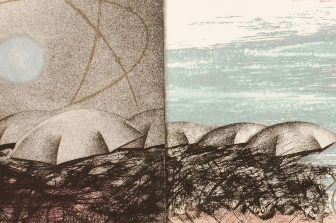
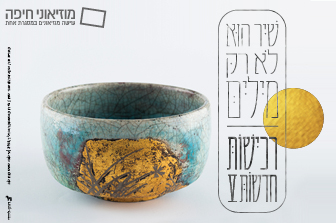
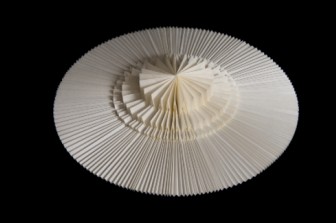
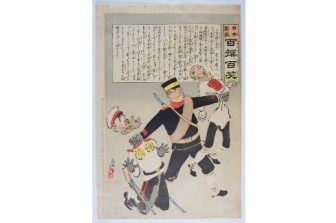

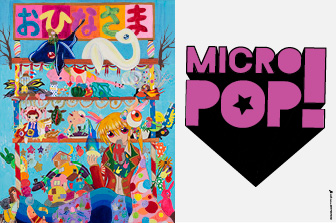

Please contact us and we will contact you as soon as possible